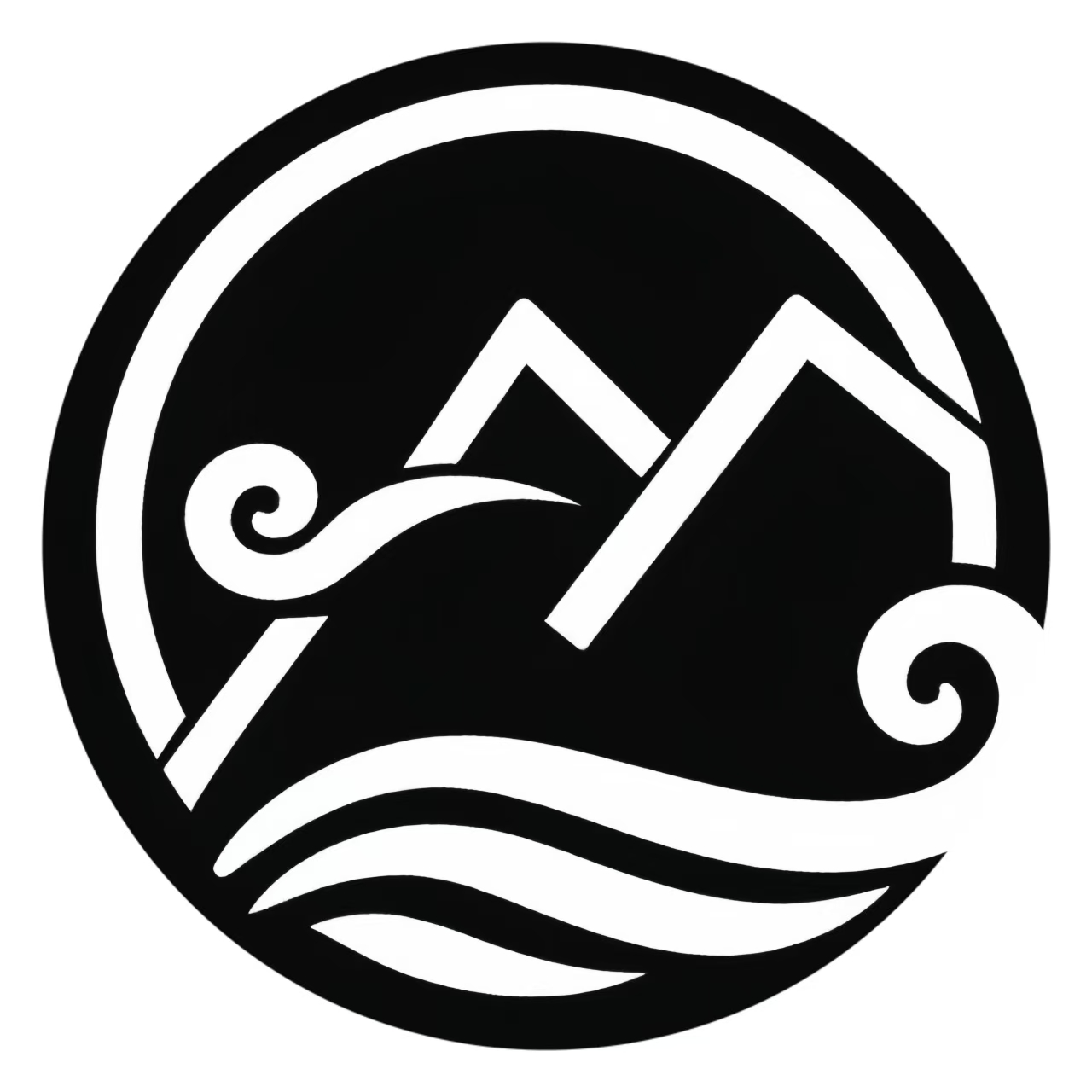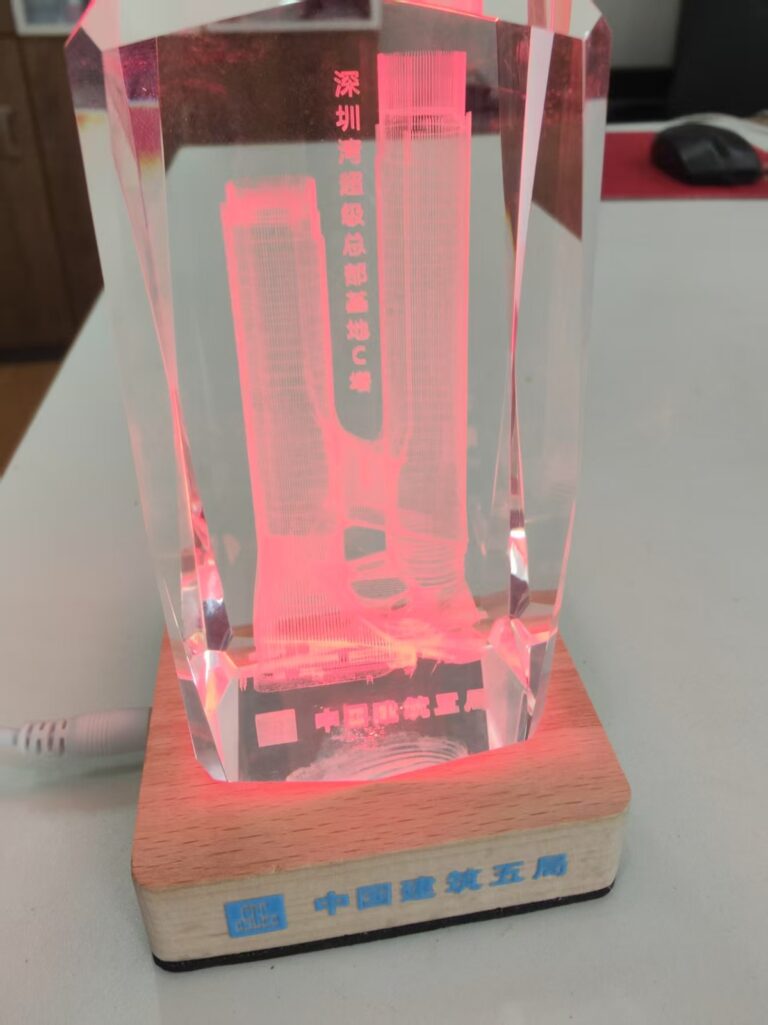Big idea in one breath
Yes—N scale has plenty of cars, buses, trucks, and service rigs. The only curveball: “N” comes in a few sizes depending on where the product’s from:
US/EU: 1:160
UK: 1:148
Japan: 1:150
They’re close, not identical. Place them with intent and your streets will still feel real.
“N” without the lecture
“N” refers to the 9 mm track gauge. The ratio (1:160 / 1:148 / 1:150) says how much the real thing was shrunk. That tiny line on a product page is the difference between “perfect fit” and “why does this bus look a bit beefy?”
Small habit, big win: peek at the ratio before you buy. Five seconds now saves fixing later.
Quick cheat sheet: what fits where
Modeling US/EU (1:160)?
Keep 1:160 up front. 1:150 works a little farther back. 1:148 reads bigger—use it in the background or on a matching UK-flavored block.
Modeling the UK (1:148)?
Make 1:148 your hero scale. 1:150 blends well. 1:160 looks a touch small—great for distance parking lots.
Modeling Japan?
You’ll see lots of 1:150 for road vehicles/buildings; trains can be 1:150 or 1:160. Treat 1:160 as “farther away” traffic.
Pocket math you’ll actually use
1:160: model = real ÷ 160
1:148: model = real ÷ 148
1:150: model = real ÷ 150
Example: a 4.5 m sedan becomes 28.1 mm (1:160), 30.0 mm (1:150), ~30.4 mm (1:148).
That 2 mm swing is why bumper-to-bumper mixing in the foreground can look odd.
How to mix scales without fuss
Pick a “home” scale for the foreground and stick to it.
Slide near-matches back a bit (e.g., 1:150 on a 1:160 layout).
Don’t park different scales in one neat row. Angle them or separate with scenery.
People vs. doors: if figure height hits door tops, the scene “clicks.”
Unify with weathering: soft dust, muted sheen, and shared grime make brands and near-scales play nicely.
Bench trick: keep a tiny “test street”—one doorway, one standing figure, a lane line. New vehicle passes the vibe there? Foreground. If not, mid-background.
Street details that sell the scene
Lane width: real 3.0–3.6 m → 18.8–22.5 mm in 1:160. Paint to size and cars instantly “fit.”
Curbs: real ~150 mm → ~0.94 mm (1:160)—subtle beats chunky.
Parking bays: 2.4–2.7 m → 15–16.9 mm (1:160).
Signals & signs: oversize poles make vehicles look toy-ish; keep hardware slim.
Road wear: darker wheel paths, dusty centerline, a tiny oil stain by the dock—small touches, big realism.
What you can actually buy (short answer: a lot)
Daily drivers, crossovers, delivery vans, semis with 20/40/53′ trailers, city and articulated buses, police/fire/EMS, bucket trucks, forklifts, farm gear, bikes, scooters—even EV chargers and street furniture. Filling a modern street is easy now.
Fast Q&A
Can I mix 1:160 and 1:150?
Yes—just not nose-to-tail in the foreground. Mid-background is perfect.
Why does my “N” bus look big on a US layout?
It’s probably 1:148 or 1:150. Move it deeper in the scene or use it on a UK/JP block.
Enough options for a 2010s+ city?
Absolutely—crossovers, last-mile vans, transit buses, chargers, signage—the ecosystem’s strong.
My articulated bus feels huge—did I mess up?
Likely not. In 1:160, an 18 m bus is about 112.5 mm. Real ones own the block; yours should too.
How do I make different brands look consistent?
Get the geometry right (lanes, curbs, parking), then weather everything together. People feel the scene more than they measure it.
Bottom line
Choose one scale for the front, push near-matches a bit back, and let accurate road sizes plus gentle weathering do the heavy lifting. N scale is forgiving when you place with intent—and your streets will feel alive.
Optional SEO bits
Meta description (≤160 chars):
Do N-scale vehicles fit your layout? Yes—see how 1:160, 1:148, and 1:150 differ and simple tricks to mix them so streets look natural.





